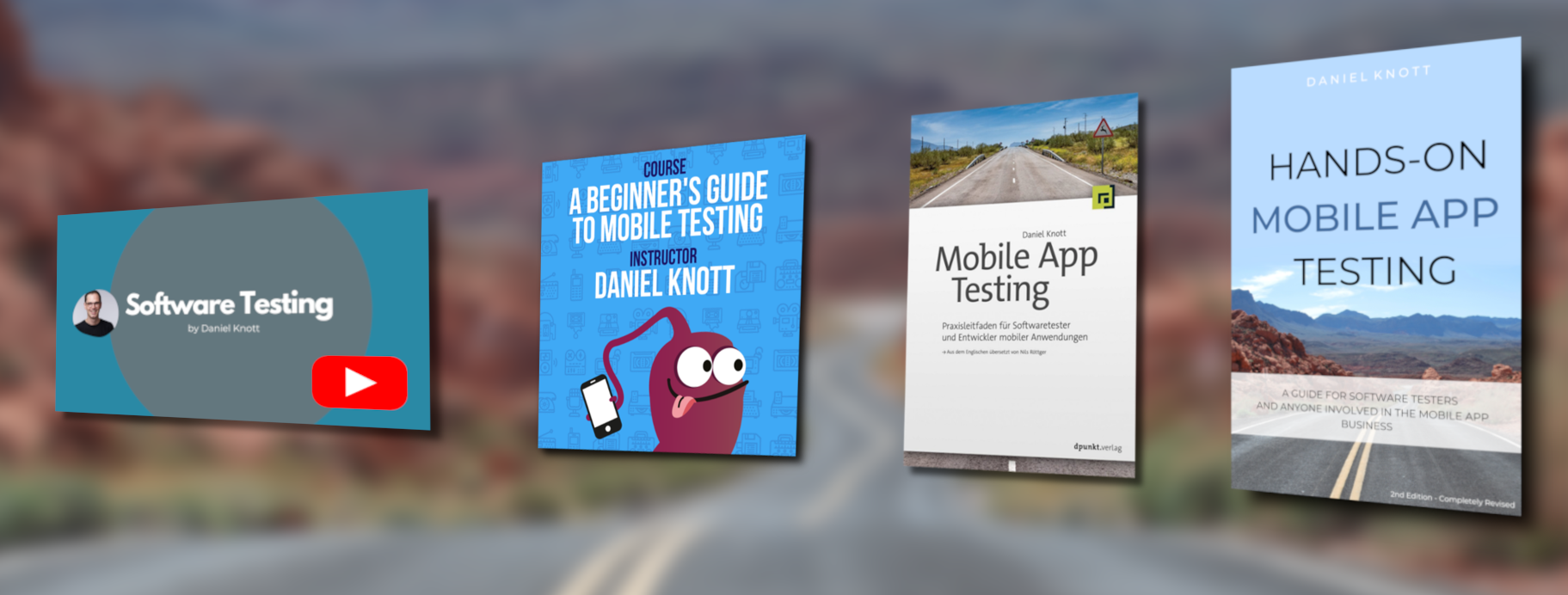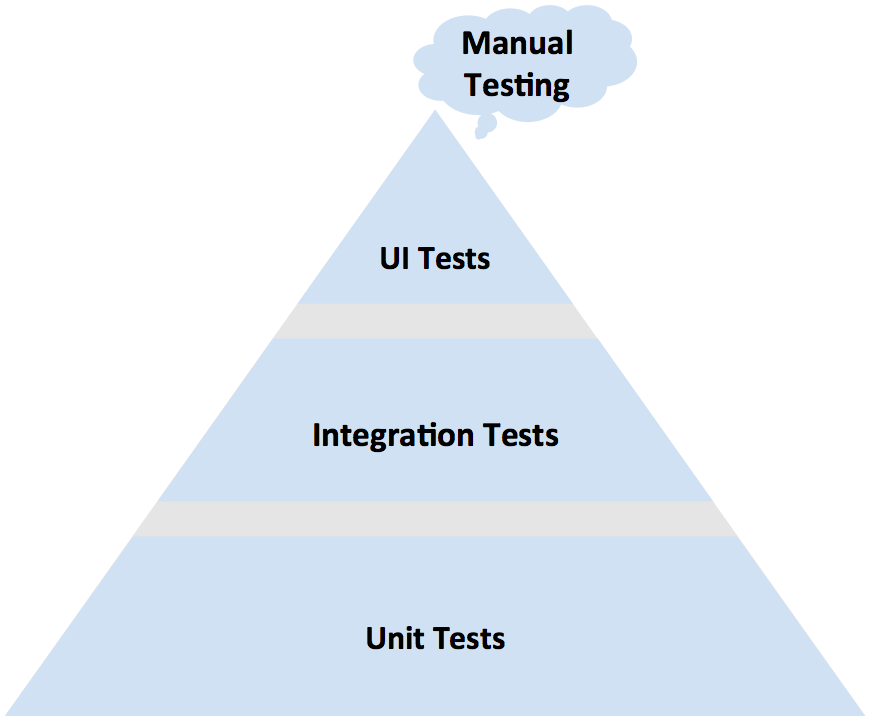It is time again for my reading recommendations. I hope you have already missed them. In the last 3 weeks I was on vacation to recharge my batteries and to think about new blog posts. During that time I was mainly offline and the time was just great! You should try it as well :).
However, now it is time again for some really great software testing content that you should read. The 42nd edition of the reading recommendations contains 6 blog posts with different topics. There is a post about flaky tests, a post from Stephen Janaway is providing a cheat sheet for mobile testing which is really great. Katharina Clokie provided again another great pathway this time with the topic “Testing for Non-Testers”. Other posts are “Bug Automation”, “Why Social Skills Are Trumping Cognitive Skills” and “The 10 Do’s, and 500* Don’ts of Automated Acceptance Testing”.
Enjoy reading the posts and send me posts that are worth reading and I will mention you and link to your social links or blog.
 | Your tests aren’t flaky | WatirMelon This is a talk I delivered at the Google Test Automation Conference (GTAC) on Tuesday 10th November at Google in Cambridge, Massachusetts. I am going to be using the F-word a lot in this talk. Like a lot. I apologize in advance if I offend. You know the F-Word don’t you? Also known as the… |
| Source: watirmelon.com/2015/11/11/your-tests-arent-flaky/ | |






